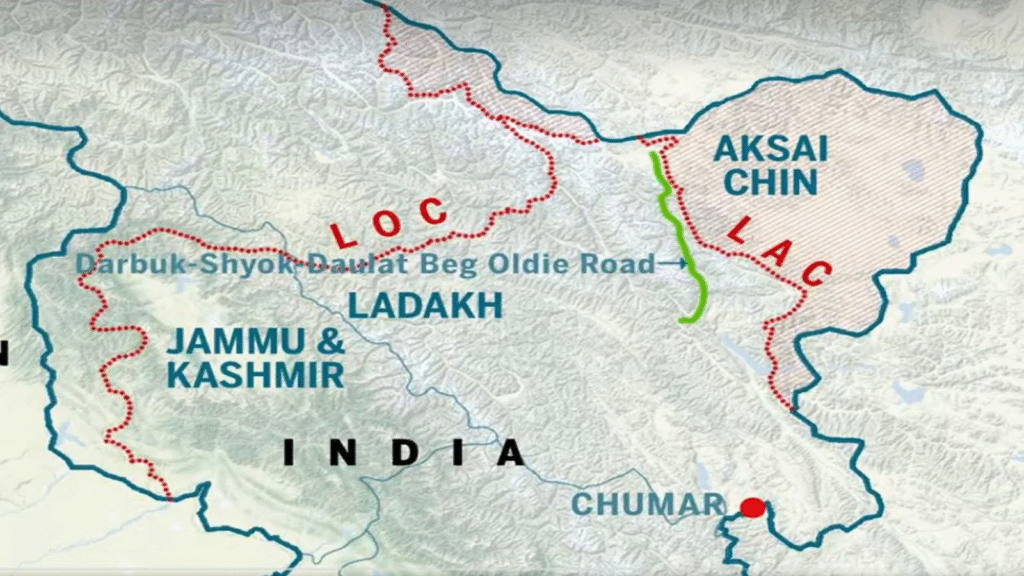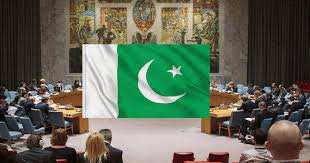What is India-Pakistan Line of Control (LoC)
On May 7, 2025, India launched missile strikes on Pakistan and Pakistan-administered Kashmir, escalating tensions between the two nuclear-armed neighbors.

The strikes, named Operation Sindoor, targeted nine terrorist sites linked to groups like Jaish-e-Mohammed and Lashkar-e-Taiba. India claims the attacks were in response to a terrorist attack on April 22 in Pahalgam, Indian-administered Kashmir, which killed 26 tourists.
Pakistan denounced the strikes as an “act of war,” reporting 31 deaths, including civilians, and vowed to retaliate. Cross-border shelling damaged homes in areas like Salamabad and Muzaffarabad, leaving residents in fear. Pakistan claimed to have downed five Indian jets, while India reported no military losses.
The United Nations urged both sides to avoid further escalation, as global powers, including Russia and Iran, offered mediation.
How the Line of Control Was Created
The Line of Control (LoC) was established after the 1947-48 India-Pakistan war over Kashmir. Following the partition of British India, both nations claimed the Muslim-majority region of Kashmir, leading to conflict.
In 1949, the United Nations brokered the Karachi Agreement, creating a ceasefire line to separate Indian- and Pakistani-controlled parts of Kashmir. This line was renamed the LoC after the 1972 Simla Agreement, following the 1971 war that led to Bangladesh’s creation.
The LoC, stretching 740 kilometers, is not an international border but a de facto military boundary. It divides Jammu and Kashmir, with India controlling the southern and eastern parts and Pakistan administering the northern and western areas.
When the LoC Was Formed
The LoC’s origins trace back to July 1949, when the Karachi Agreement formalized the ceasefire line after the first India-Pakistan war.
The line was adjusted slightly after the 1965 and 1971 wars, with the 1972 Simla Agreement officially designating it as the LoC. This agreement aimed to promote peace and prevent unilateral changes to the boundary.
Despite this, the LoC has remained a flashpoint, with frequent ceasefire violations and military skirmishes. The 1999 Kargil War, sparked by Pakistani intruders crossing the LoC, underscored its volatility. The LoC’s creation marked a temporary solution to the Kashmir dispute, but the region remains contested.
Importance of the Line of Control
The LoC is one of the world’s most dangerous borders, separating two nuclear powers with a history of conflict. It symbolizes the unresolved Kashmir dispute, a core issue fueling India-Pakistan rivalry. Both nations claim Kashmir in its entirety, making the LoC a focal point for military and diplomatic tensions.

The line is heavily militarized, with thousands of troops stationed along it, and frequent exchanges of fire disrupt civilian life. The LoC also affects regional stability, drawing international attention due to the risk of escalation. Its significance lies in its role as a volatile boundary that shapes bilateral relations and global security concerns.
Crossings and Violations of the LoC
Crossings of the LoC have sparked major incidents. In 1999, Pakistani soldiers and militants crossed into India’s Kargil sector, triggering the Kargil War. India’s military response pushed them back, but the conflict killed hundreds.
In 2019, India conducted airstrikes in Pakistan’s Balakot after a militant attack in Kashmir, followed by a brief aerial clash along the LoC. Recently, Pakistan’s unprovoked firing across the LoC, starting April 24, 2025, after India suspended the Indus Waters Treaty, led to Indian retaliation. Civilians have died in these exchanges, and both sides accuse each other of supporting cross-border terrorism.
On April 23, 2025, an Indian Border Security Force jawan was detained by Pakistan after accidentally crossing the border. These incidents highlight the LoC’s role as a trigger for conflict.


 Pakistan Assumes UNSC Chair
Pakistan Assumes UNSC Chair  Why Is Trump Doubling Down on a US-India Trade Agreement?
Why Is Trump Doubling Down on a US-India Trade Agreement?  Sharif’s Dialogue Call: A New Chapter or Old Promises?
Sharif’s Dialogue Call: A New Chapter or Old Promises?  Horrific Gang Rape at Gopalpur Beach
Horrific Gang Rape at Gopalpur Beach  How Did India Find Oil in Andaman Sea?
How Did India Find Oil in Andaman Sea?  Water Crisis in Pakistan 4 Urgent Letters to India
Water Crisis in Pakistan 4 Urgent Letters to India